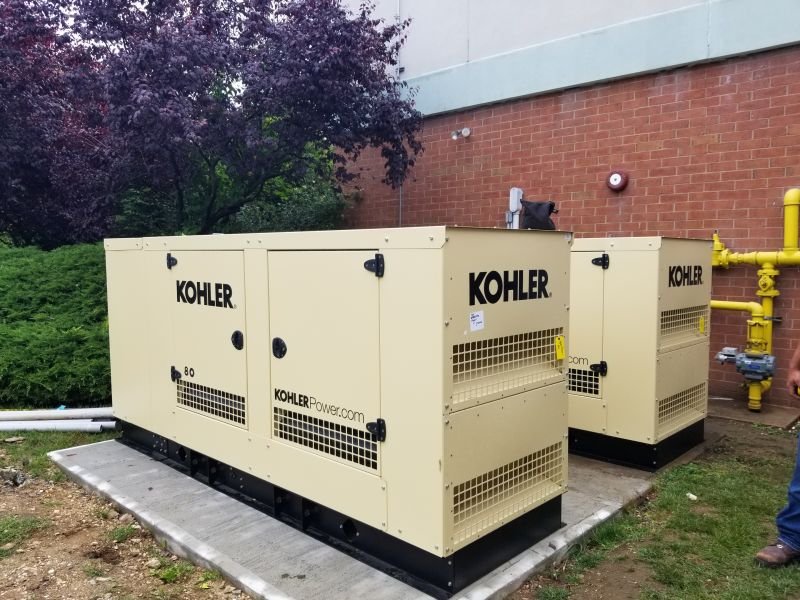How Do Load Sharing and Paralleling Work Together?
Load sharing and paralleling are two terms that are often used interchangeably, but they refer to two different things.
Load sharing is the method of distributing the load (or power demand) among multiple generators so that no one generator is overloaded. This is usually done by using a load-sharing controller, which automatically adjusts the output of each generator based on the demand.
Paralleling, on the other hand, is the process of connecting two or more generators to operate as one unit. This is usually done by using paralleling switchgear, which allows the generators to be synchronized and operate at the same voltage and frequency.
While load sharing and paralleling can be used together, they are not the same thing. Load sharing is a way to prevent overloading while paralleling is a way to increase capacity.
Both load sharing and paralleling are commonly used in backup power solutions, such as data center redundancy systems. Using multiple generators makes it possible to create a backup system that is much more reliable than a single generator.
In case of a power outage, load sharing can ensure that the backup system can handle the increased demand, and paralleling can ensure that the backup system can seamlessly take over for the primary system.

